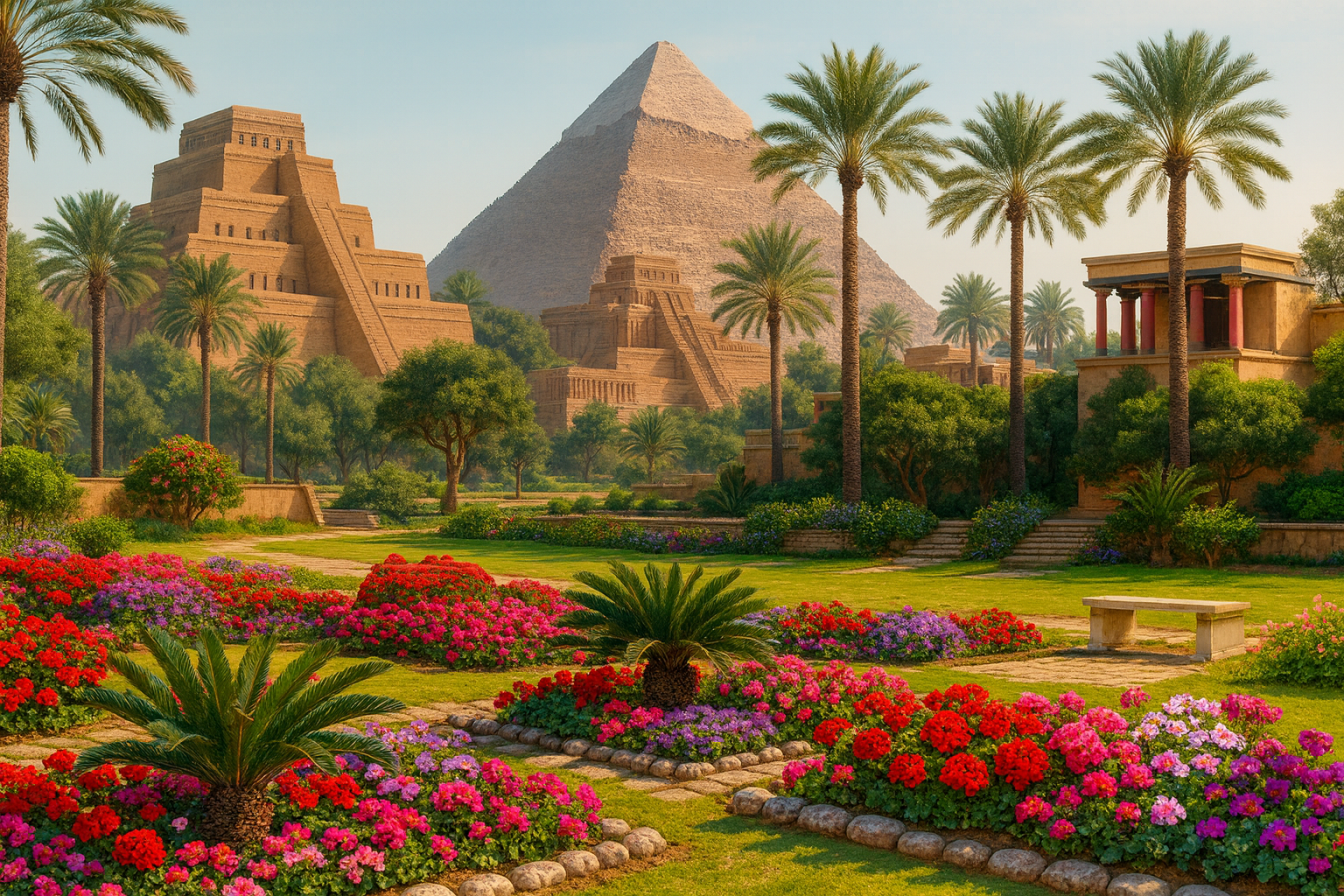Deep in the heart of Guatemala, archaeologists have unearthed chilling evidence of a darker side to one of history’s most fascinating civilizations—the Maya. In a cave ominously dubbed the “Cave of Blood,” researchers discovered shattered human bones that offer compelling proof of ritual human sacrifice carried out over 2,000 years ago.
A Gruesome Glimpse into Maya Rituals
The Maya civilization, known for its stunning pyramids, complex calendar systems, and astronomical prowess, also practiced elaborate—and often brutal—religious rituals. One of the most extreme was human sacrifice, intended as the ultimate offering of blood to appease the gods.
Archaeological sites such as Chichén Itzá and Actun Tunichil Muknal have revealed the remains of sacrificial victims, many of them children. These findings highlight the central role sacrifice played in Maya religious ceremonies, especially those linked to agriculture and seasonal changes.
A Ritual Beneath the Earth
Recently, under the ancient Maya city of Dos Pilas in northern Guatemala, a team of archaeologists made a harrowing discovery. In a submerged chamber of the “Cave of Blood,” they found hundreds of broken human bones, many showing unmistakable signs of violent trauma. Unlike traditional burial sites, these remains were not interred but left exposed across the cave floor—strongly suggesting they were part of a ritual sacrifice.
The cave, part of an underground chamber system mapped in the early 1990s, dates back to between 400 BCE and 250 CE. Maya culture often associated caves with the underworld and the divine, using them as sacred spaces for rituals. The “Cave of Blood” appears to have been a key site for sacrificial ceremonies meant to mark transitions between seasons or to secure agricultural prosperity.
Dissecting the Evidence
Michele Bleuze, a bioarchaeologist from California State University, Los Angeles, is leading the analysis of the dismembered remains. “A recurring pattern we see is that we’re not finding complete bodies—we’re finding parts,” she told Live Science. “For the Maya, body parts were just as sacred as whole bodies.”
Supporting this, researchers found obsidian blades—a sharp volcanic glass favored by the Maya for ritual use—and traces of red ochre, a pigment commonly associated with ancient ceremonial practices. The placement of bones also tells a story: in one chamber, four skullcaps were stacked neatly atop one another, implying intentional and symbolic arrangement.
Forensic anthropologist Ellen Fricano of Western University of Health Sciences, California, examined trauma on the bones. Her team identified sharp-force injuries, including deep cuts to the forehead and a child’s hipbone, likely caused by ritual tools. These wounds occurred around the time of death, confirming the sacrificial context.
A Sacred Space with Seasonal Significance
The cave’s layout adds to the ritualistic interpretation. Accessible only through a narrow opening and a low tunnel leading to a pool of water, the cave was likely flooded for much of the year. This means the rituals would have occurred during the dry season—between March and May.
This seasonal timing is crucial. May 3rd, for instance, marks the Day of the Holy Cross, a date still honored in some modern Maya communities with cave pilgrimages and prayers for rain. Researchers believe ancient sacrifices in the “Cave of Blood” were linked to similar pleas for rain and agricultural fertility.
The Maya rain god, Chaac—often depicted with a long snout, reptilian features, and a thunderbolt axe—was believed to control rainfall. Offering human life, whether through full bodies or body parts, may have been seen as a sacred exchange to invoke his favor.
More Than Just Bones
While sacrificial artifacts and remains have been found at many Maya sites, the “Cave of Blood” offers an unusually vivid and well-preserved snapshot of sacrificial rites. Unlike respectful burials, Maya sacrifices were performative acts meant to elicit a direct response from the gods.
The distinction between burial and sacrificial spaces is essential for understanding the culture. Maya burials typically honored the dead. In contrast, sacrificial rituals were dramatic, public events designed to demonstrate devotion and urgency.
Now, researchers are conducting ancient DNA and isotopic analyses to learn more about the victims—where they came from, their health, and any familial ties. “We’re focused on uncovering the identities of those placed here,” Bleuze explained. “They were treated very differently from the general population.”
Horrifying Yet Holy
While modern perspectives may find these practices shocking, within the context of Maya belief systems, they were sacred and necessary. The violence of sacrifice was balanced by its spiritual purpose—securing rain, fertility, and communal well-being.
As more is uncovered from the “Cave of Blood,” we gain not only a better understanding of Maya spirituality but also a haunting reminder of how far humans have gone to bridge the gap between the earthly and the divine.








